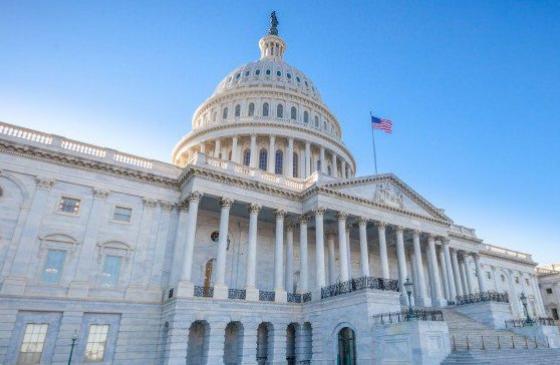- The Boundary Waters Canoe Area Wilderness is the most popular Wilderness in America; more people visit it every year than any other national wilderness area
- The Boundary Waters is threatened by proposals to develop sulfide-ore copper mines on public lands in the watershed of the Boundary Waters
- Also threatened are downstream waters in Quetico Park and Voyageurs National Park
- Sulfide-ore copper mining has never been done in Minnesota – this is NOT the same as traditional taconite mining in the Mesabi Iron Range. Sulfide-ore mining poses a unique threat because:
- the ore contains metals such as copper and nickel bound together with sulfide
- when exposed to air and water, sulfide-bearing ore discharges acid mine drainage (sulfuric acid, heavy metals, and sulfates) into ground and surface waters
- because there are only trace amounts of metals - less than 1% - the volume of waste rock and tailings (crushed waste rock) is enormous
- the waste rock and tailings will generate acid mine drainage for hundreds of years
- the receiving waters of the Boundary Waters, Quetico, and Voyageurs are uniquely clean and very low in alkaline, meaning the waters have little capacity to buffer the acid generated by this type of mining
- acid mine drainage will also flow south toward Lake Superior from a large tailings basin planned for the Lake Superior watershed
- scientific evidence of permanent and significant harm to the Boundary Waters is overwhelming and not contradicted ○ the inevitable damage to the Boundary Waters cannot be mitigated or fixed
- Antofagasta, a very large mining conglomerate from Santiago, Chile, seeks approvals to mine public minerals in the Superior National Forest
- The deposits are adjacent to the Boundary Waters and along rivers and lakes that flow into the Wilderness
- Local support for copper mining argues that copper mining will bring new jobs
- 30 resorts, outfitters, camps, campgrounds, a University of Minnesota research facility, and hundreds of homes are located in the path of pollution
- Many other business owners in the Boundary Waters region say a copper mining district next to the Boundary Waters would be lethal to their businesses
- 23% of local people in four townships (where the mining would occur) say they will leave the area
- The economic report by two PhD economists (Key Log Economics) documents that copper mining in the Boundary Waters watershed risks ten times as many jobs as projected in the study promoted by the mining industry - 4,490 jobs in tourism alone - and many more jobs throughout the threecounty amenity-based economy
- An independent study by Professor James Stock of Harvard University compared the effects of the Forest Service’s proposed 20-year mining ban near the Boundary Waters with the consequences of sulfide-ore copper mining in the Boundary Waters watershed. The conclusion: protecting public lands near the Boundary Waters generates greater long-term gain for the region than copper mining
- Up to 4,600 more jobs
- Up to $900 million more income
- Underground mining is rapidly undergoing a major transformation
- Anglo American, a large copper mining company that employs 87,000 miners worldwide, says that mines of the future will be fully automated
- In 2017 Anglo American said “The industry that everybody currently knows will be unrecognizable” in five to seven years and predicts that with mining processes automated, Anglo’s ‘employee of the future’ will only need to focus on managing the company’s relations with disappointed governments and nearby communities because of the lack of local jobs
- On June 21, 2018, nine Minnesotan businesses and Northeastern Minnesotans for Wilderness filed suit against the Department of Interior and the BLM to overturn recent efforts to grant mining rights to Antofagasta
- In 2016 the Forest Service withheld its consent to mining leases for Antofagasta’s Twin Metals because of the risk of harm to the Boundary Waters and other protected areas of the Superior National Forest
- The 1978 Boundary Waters Act requires the Forest Service to protect water quality in the Boundary Waters and other protected areas of the Superior National Forest from mining
- The BLM formally denied Twin Metals’ renewal requests in 2016
- By reinstating Twin Metals expired mining leases nearly 18 months after Forest Service objection and BLM denial of renewals, the Interior Department seeks to avoid environmental consideration of the negative impacts of copper mining, in violation of longstanding environmental laws, and to avoid the legal requirement of Forest Service consent
- In 2016 the Forest Service withheld its consent to mining leases for Antofagasta’s Twin Metals because of the risk of harm to the Boundary Waters and other protected areas of the Superior National Forest
- On May 15, 2019, the BLM announced that it granted renewals of Twin Metals leases. This followed an Environmental Assessment that did not consider denial of the lease renewals, identified no negative impacts of copper mining or potential harm to the Boundary Waters or downstream landscapes, ignored the existing body of scientific reports and prior public input, and provided for minimal public engagement
06/13/2019
